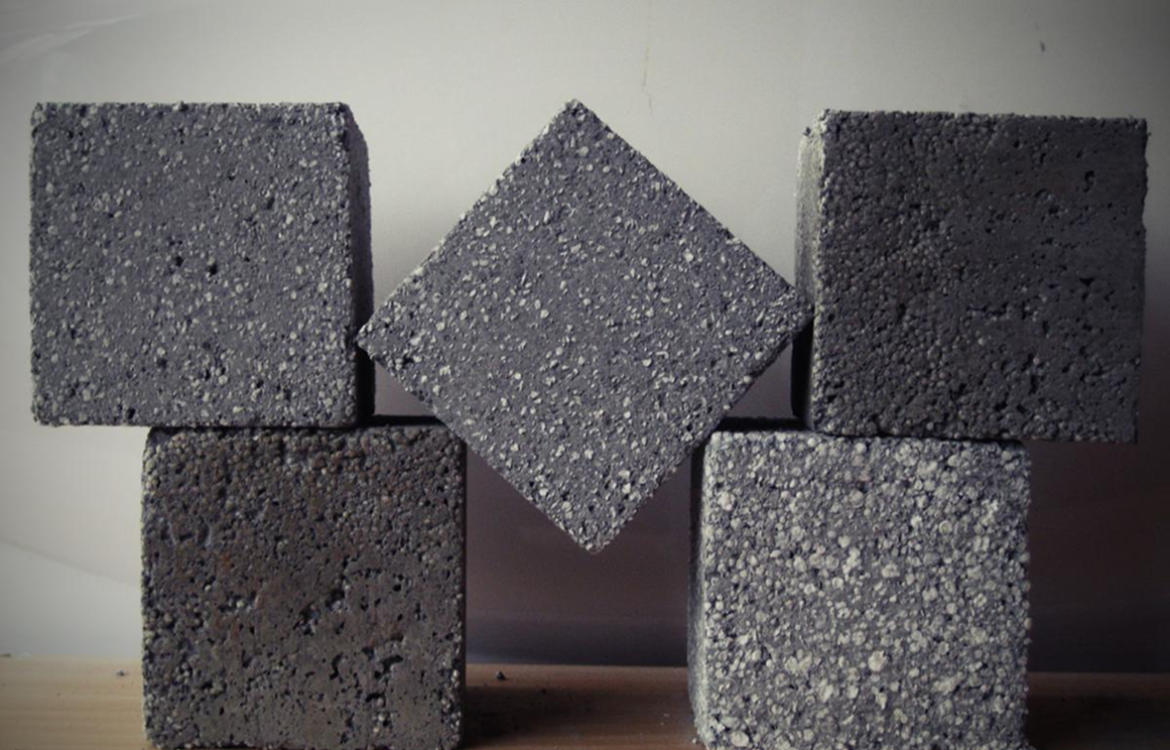As the United Kingdom intensifies its efforts to combat climate change and reduce environmental impact, the construction and manufacturing industries face increasing pressure to shift away from traditional materials like concrete and plastic. Both materials, while versatile and widely used, contribute significantly to carbon emissions, pollution, and resource depletion. The pursuit of sustainable alternatives is not only an environmental imperative but also a growing market opportunity, as UK companies, policymakers, and consumers seek greener solutions that align with national net-zero targets.
Advertising
The Environmental Impact of Concrete and Plastic
Concrete
Concrete is the world’s most widely used construction material, vital for infrastructure, housing, and commercial buildings. However, it has a massive carbon footprint:
-
The production of cement, the key ingredient in concrete, accounts for about 8% of global CO₂ emissions.
-
Quarrying raw materials disrupts ecosystems and consumes vast amounts of energy.
-
Concrete’s impermeability and heat retention contribute to urban heat island effects in UK cities.
Plastic
Plastics are ubiquitous across packaging, construction, automotive, and consumer goods sectors, but their environmental costs are severe:
-
Derived mostly from fossil fuels, plastic production is energy-intensive and polluting.
-
Plastic waste contributes to land and marine pollution, harming wildlife.
-
Recycling rates remain low in the UK, with many plastics ending up in incineration or landfill.
Emerging Sustainable Alternatives to Concrete
The UK construction sector is exploring various innovative materials that reduce emissions and improve sustainability without compromising performance.
1. Hempcrete
Made from the woody core of the hemp plant mixed with lime, hempcrete is a lightweight, insulating bio-composite material. Benefits include:
-
Carbon sequestration: Hemp plants absorb CO₂ as they grow, offsetting emissions.
-
Breathability: Improves indoor air quality and regulates humidity.
-
Renewable and biodegradable, supporting circular economy principles.
UK projects are increasingly adopting hempcrete for walls and insulation, especially in eco-friendly residential builds.
2. Recycled Aggregate Concrete
Using crushed recycled concrete and construction waste as aggregate reduces the need for virgin materials and landfill volume. UK regulations encourage this practice in public infrastructure projects.
3. Geopolymer Concrete
This cement alternative uses industrial by-products like fly ash and slag, significantly lowering CO₂ emissions during production. UK research institutions are piloting geopolymer concrete in bridges and commercial buildings.
4. Timber and Cross-Laminated Timber (CLT)
Although not a direct concrete substitute, engineered timber products are replacing concrete in many structural applications:
-
Wood stores carbon and has lower embodied emissions.
-
CLT panels enable rapid modular construction, aligning with sustainable building practices.
-
The UK forestry sector supports sustainable timber sourcing and certification.
Sustainable Alternatives to Plastic
In the UK, industries are innovating to replace traditional plastics with more eco-friendly materials.
1. Bioplastics
Derived from renewable biomass such as corn starch, sugarcane, or cellulose, bioplastics offer biodegradability or enhanced recyclability.
-
Examples include polylactic acid (PLA) and polyhydroxyalkanoates (PHA).
-
UK companies are developing bioplastic packaging to reduce single-use plastic waste.
2. Mycelium-Based Materials
Fungi mycelium can be grown into lightweight, compostable packaging and insulation materials.
-
Mycelium products are used for protective packaging, replacing foam and plastic.
-
UK startups are pioneering commercial applications in agriculture and construction.
3. Recycled Plastic Composites
Plastic waste can be transformed into composite materials for decking, furniture, and building components, reducing landfill and conserving resources.
4. Natural Fibre Composites
Materials combining natural fibres like flax, jute, or hemp with bio-resins create strong, lightweight alternatives suitable for automotive and construction uses.

